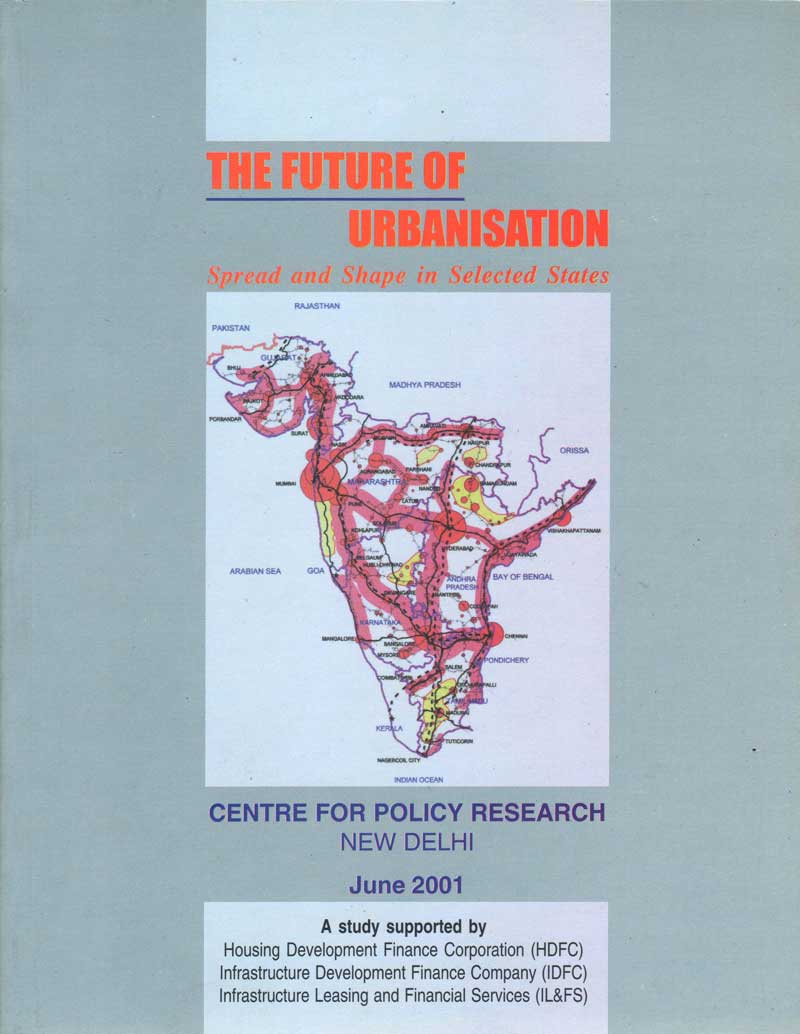Political thinking and policy making in India have long been influenced by the belief that India is a rural country. The Census of 1981 and 1991 have helped in assailing these perceptions. In percentage terms the 1991 Census indicated about 25% of the population to be urban. The figure has gone upto 28%, according to the Census of 2001. But these arithmetical averages ignore the reality of absolute numbers. India\’s present urban population of about 285 million people is about 12 times as much as at the beginning of the century. In the next 20 years, the urban population will double itself. The statewide variations are already significant and will be more so in the future. While some states may still take refuge under percentages, for many others urbanisation is a strong economic, political and spatial reality. Maharashtra, Gujarat and Tamil Nadu will be nearly half urban whereas Karnataka and Andhra will be about 40% urban. Among the northern states Punjab, Haryana and Western U.P. will have significant levels and concentrations or urban population. So will it be in the Eastern states. The simple message is that urbanisation is not an aberration in space but a direct reflection and result of the economic changes. In the country as a whole as in most of the states, industry and services are contributing an increasing proportion to the GDP as compared to agriculture. Good agricultural performance and surpluses from the farm of economy are also a major stimulant to urbanisation. This study supported by HDFC, IDFC and IF&FS and is limited to the 5 states of Maharashtra, Gujarat, Tamil Nadu, Karnataka and Andhra Pradesh. These states are the ones who are rapidly becoming urban. They are also characterised by their initiatives to promote industrial and economic growth. The study presents the likely spatial picture of urbanisation in these states and flags the important issues regarding physical planning, infrastructure, environment and governance.
Publisher Page>

